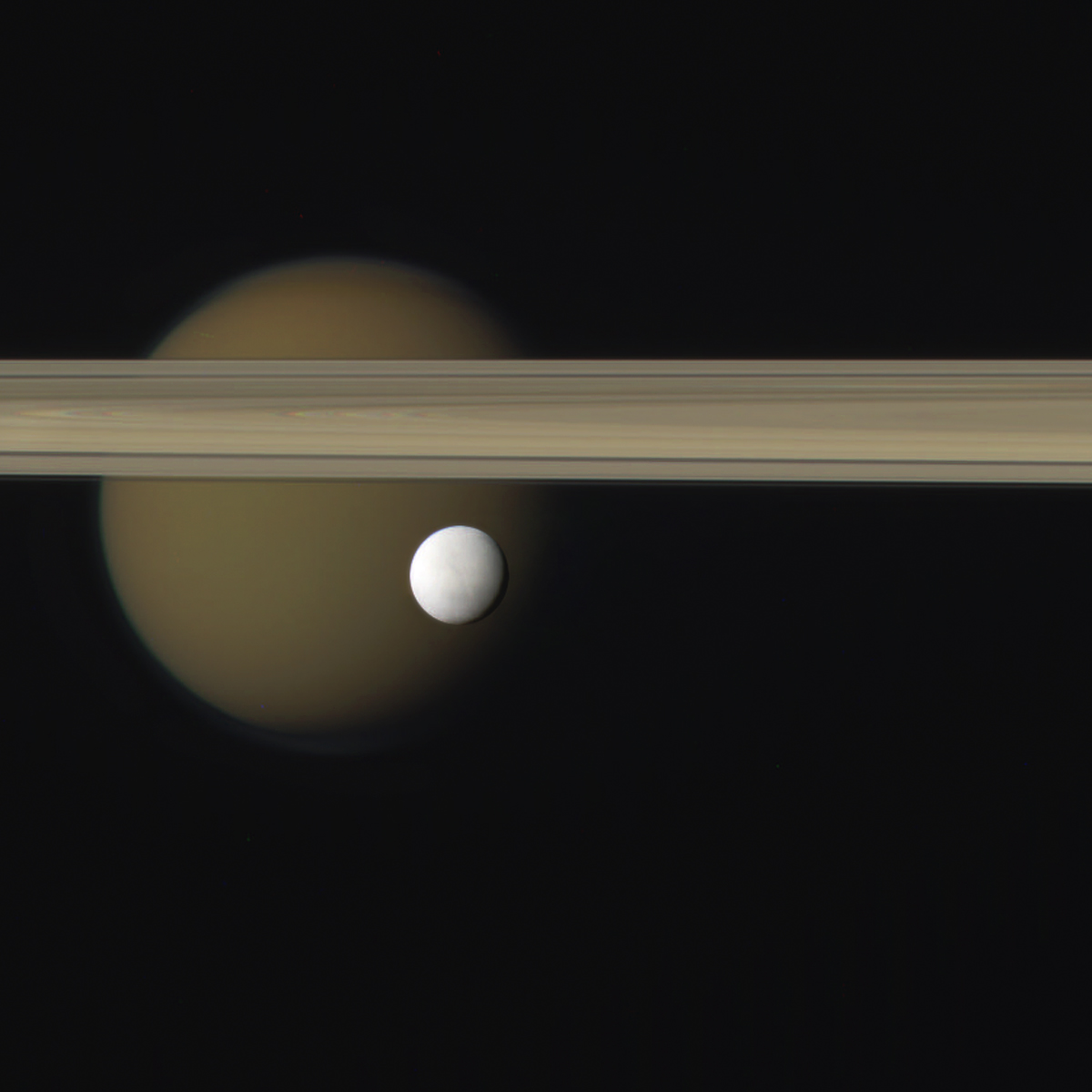The 'WOW' signal - did S.E.T.I find something?
If, like me, you have 'space nerd' written through your middle then you can probably skip straight to the Carl Sagan quote. If not...
Have you ever heard of S.E.T.I ? It stands for 'Search for Extra Terrestrial Intelligence', a group of scientists who search the sky for any signals that might be created by an alien civilisation. After all, we've made our planet Earth LOUD on almost every frequency so why wouldn't at least some alien worlds (if they are out there) be the same?
| Above: The view from the International Space Station of the lights of Earth - that much power being put out might be detectable to someone.... |
It's called the 'WOW' signal, and it's always just been one of those mysteries. To be honest, as intriguing as the idea is, I've never really thought much about it.
 |
| Above: Me, not thinking. |
"....we ignore anything that isn't much louder than the background. Any strong narrow-band signal that remains in a single channel we take very seriously. As it logs in the data, META automatically tells the human operators to pay attention to certain signals. Over five years we made some 60 trillion observations at various frequencies, while examining the entire accessible sky. A few dozen signals survive the culling. These are subjected to further scrutiny, and almost all of them are rejected-for example, because an error has been found by fault-detection microprocessors that examine the signal-detection microprocessors.
What's left-the strongest candidate signals after three surveys of the sky-are 11 "events." They satisfy all but one of our criteria for a genuine alien signal. But the one failed criterion is supremely important: Verifiability. We've never been able to find any of them again. We look back at that part of the sky three minutes later and there's nothing there.....just possibly, this is the effect of twinkling. Stars twinkle because parcels
of turbulent air are moving across the line of sight between the star and us. Sometimes these air parcels act as a lens and cause the light rays from a given star to converge a little, making it momentarily brighter. Similarly, astronomical radio sources may also twinkle-owing to clouds of electrically charged (or "ionized") gas in the great near-vacuum between the stars. We observe this routinely with pulsars.
Imagine a radio signal that's a little below the strength that we could otherwise detect on Earth. Occasionally the signal will by chance be temporarily focused, amplified, and brought within the detectability range of our radio telescopes. The interesting thing is that the lifetimes of such brightening, predicted from the physics of the interstellar gas, are a few minutes-and the chance of reacquiring the signal is small.
...Despite the fact that none of these signals repeats, there's an additional fact about them that, every time I think about it, sends a chill down my spine: 8 of the 11 best candidate signals lie in or near the plane of the Milky Way Galaxy. The five strongest are in the constellations Cassiopeia, Monoceros, Hydra, and two in Sagittarius-in the approximate direction of the centre of the Galaxy. The Milky Way is a flat, wheel-like collection of gas and dust and stars. Its flatness is why we see it as a band of diffuse light across the night sky. That's where almost all the stars in our galaxy are. If our candidate signals really were radio interference from Earth or some undetected glitch in the detection electronics, we shouldn't see them preferentially when we're pointing at the Milky Way."
A bit more digging turned up the official paper based on the results, which is here.
So, eleven signals. Does this mean there are alien civilisations out there, and scientists are just being over cautious?
 |
| Above: Yes they might be evil. We're not ruling out the idea that they might be evil, just hoping for the best here... Courtesy of LucasArts, or possibly Disney. |
Above: The signals made by Pulsars, which turned out to be even weirder than aliens.... Courtesy of luisjimnez92
There was one - one that doesn't make a lot of sense.In 2003 S.E.T.I picked up 'radio source SHGb02+14a'***. The group had been running the S.E.T.I @ home project, which got thousands of volunteers to use their PC time to help process the trillions of observations S.E.T.I has made. SHGb02+14a, a weak but significant radio signal, was observed three times with the help of the software. Oddly, it seemed to be coming from an empty part of the galaxy. The spot was located between the constellations of Pisces and Aries, and there's no sign of any habitable worlds in the area. The way the frequency of the signal shifted suggested its source was rotating 40 times faster than Earth - again very odd for a signal coming from a habitable planet. But, although there are other explanations, none of them has ever been confirmed, leaving SHGb02+14a as a mystery. S.E.T.I. themselves are very sceptical of the signals origin, but haven't pinned down a source
Above: A TED talk on S.E.T.I.
The story doesn't end there - S.E.T.I inspires a lot of research. The Benford family of scientists (and one sci-fi author) started thinking about the practicalities of operating a radio beacon to contact another civilisation - and their conclusion was that unless the senders already knew exactly where we are, it's pretty unlikely their signal would repeat. Like a man searching a room with a flashlight for something, their signal would only pass across us briefly. Here's their paper on how an efficiency minded ET might operate and direct their beacon, and here's another on how a pulsar might be mistaken for an alien signal. There's been even more speculation that different kinds of beacons might be used, including infra red ones, and there are a number of different observatories searching in any number of different ways.
| Above: The three hundred meter big Arecibo dish. If you're going alien hunting y'all need the right tools.. Courtesy of NIAC. |
Finally, we also send our own signals - it's called M.E.T.I (messaging extra terrestrial intelligence): In 2012, on the 35th anniversary of the WOW signal, Arecibo Observatory beamed a response from humanity, containing 10,000 Twitter messages. This isn't the first time such a signal has been broadcast - Arecibo once even sent one in the direction of the Andromeda galaxy - and we've yet to receive a response. But we wouldn't be expecting one from most of the targets, not for decades if not centuries. And who knows....
Elsewhere on the internet:
Dark matter, dark energy.. now dark light?
Callisto has an atmosphere thick enough for wind, weather
Hubble searches for terrestrial planet of nearby star
How the Universe might end
Martian crater had water - twice
NASA to steal a boulder
*Or, since we know it really happened, and there're scientific papers written on it, not legend.
** By which I mean that two other people over on cosmoquestforum told me about it, but I checked it all myself.
***I've said it before and I'll keep saying it: We need to give these things better names.





